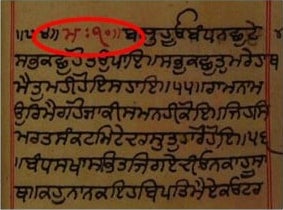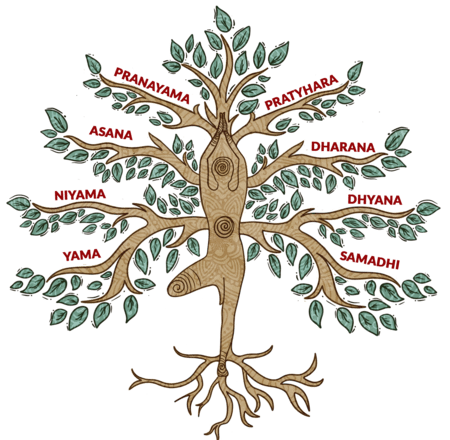KARHA SAHIB, a village 11 km west of Pehova (29"59`N, 76°35`E) in Kurukshetra district of Haryana, was visited by four of the Sikh Gurus. Guru Nanak came here during his travels to the eastern parts. Chaudhari Kalu of this village became a follower and is said to have constructed a bdoK his honour. The second of the Sikh Gurus to visit this village was Guru Hargobind. The local tradition places Guru Tegh Bahadur`s visit during his last journey to Delhi, but it is more likely that he passed through this village in the course of one of his earlier travels across the area. Guru Gobind Singh was here in 1702 when he visited the shrines established here in memory of the earlier Gurus. Bhai Udai Singh, the ruler ofKaithal (d. 1843), got three gurudwaras constructed in the same compound and made land grants for their maintenance. These simple structures were replaced by more elegant buildings during the early 1970`s by Sant Jivan Singh of Pehova. The three shrines are sometimes jointly called Triveni Sahib. Two identical shrines in the northern and southern parts of the walled compound are dedicated to Guru Nanak and Guru Tegh Bahadur, respectively. Gurdwara Patshahi Chhevin is in the centre to the east, thus forming the apex of the triangle. The entire compound has a marble floor. The Gurdwaras are affiliated to the Shiromani Gurdwara Parbandhak Committee, but arc for the present managed by the successors of Sant Baba Jivan Singh Scvavalc.
Explore Sobha Singh's inspiring art journey from Punjab's romantic lore to revered portraits of Sikh Gurus, demonstrating unparalleled mastery in oil painting.
Discover the significance of 'Mahala' in Guru Granth Sahib, denoting the spiritual lineage and authorship of Sikh Gurus starting with Guru Nanak.
Explore the legacy of Bhai Galaura, a dedicated masand of Guru Tegh Bahadur, spreading spiritual teachings in Haryana's Hisar and Harisi regions.
Discover how Bhai Mayya Khullar and others attained liberation through Guru Ram Das's teachings on being non-attached while engaging in worldly affairs.
Discover the history of Vanjara Sikhs, their role as medieval traders, and their cultural integration within Sikhism across Central and South India.
Discover Ganj Namah, Bhai Nand Lal's poetic tribute in Persian honoring the Ten Sikh Gurus, reflecting profound devotion and spiritual brilliance.
Discover the multifaceted term 'Meli' in Sikhism, from a verb to a title for preachers, reflecting its rich historical and religious significance.
Unlock higher knowledge with Yoga. Dive into practices like Hatha, Mantra, and Rajyoga to achieve mental calm and spiritual insight.
GIANI SAMPRADAI is one of three major schools of Sikhs theologians and expositors of the Sikh scripture, the other two being the Udasis and the Nirmalas. Giani, the Punjabi form of Sanskrit jndni from the rootjnd (to know), originally meant a scholar of high learning. In Sikh tradition, a gidmis a learned man of pious character, competent to recite faultlessly, interpret and expound the Guru Granth Sahib and other Sikh religious texts. Sampraddi denotes a sectarian system or school of thought of accredited standing. It is claimed that the school of Gianis originated with Bhai Mani Singh (d. 1737) who had the privilege of receiving instruction from Guru Tegh Bahadur and Guru Gobind Singh.





